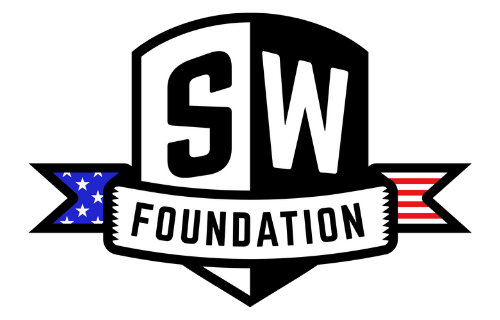Achilles Tendinosis? Tendinitis? What is it and what can I do about it?
The achilles is actually the joined tendon for 2 muscles of the calf, the gastrocnemius and the soleus. They work together to plantarflex (think of stepping on the gas pedal). The gastrocnemius is the main mover when standing and the knee is locked out or close to it. The soleus does most of the work when seated and the knee is bent. Both are essential for smooth walking, running and jumping mechanics.
Tendinitis is an acute inflammatory response to trauma like a sudden muscle strain. When treated appropriately, this will heal fully with no lasting effects.
Tendinosis, on the other...foot, is the result of repetitive low grade stress over a long period of time, and can be thought of as a degradation of the tendon tissue.
The Cleveland Clinic has a nice page diving into this a little more here.
So, what can I do about it?
Ice - after activity on increased soreness. 20-30 min. Although I have never ‘forced’ an athlete to ice after activity, anecdotal evidence of those that have tend to recover faster. Some studies show that it helps, others show that it doesn’t.
Heat - before activity or stretching. This gives the tissues more extensibility. Try to stretch a frozen steak. Now compare that to a thawed steak. Thats why.
Stretching - the idea is to lengthen the muscles and tendons to reduce the stresses/ tension while in a relaxed state. You need to stretch with both a straight and bent knee in order to target the gastrocnemius and soleus individually. Each stretch should be held for a minimum of 30 sec and repeated 3 to 4 times.
Massage - use a foam roller, massage stick, lacrosse ball, etc. The goal here is to move fluid within the tissue spaces and break up adhesions between tissue layers. I like to start in the meat of the muscle and move down to the heel. Remember that the soleus lies below the gastroc, so direct massage is difficult, but you can access it from the medial and lateral sides.
Strengthening - eccentric loading ( also known as negatives) have shown to be the most beneficial. Use a concentric (up) with both legs, then a slow eccentric (down) on a single leg.
Dry needles - similar to acupuncture, very thin solid core needles are placed directly into the calf muscles at trigger points to “interrupt” the signals that are causing spasms. Oh, you are afraid of needles? Get over it! This stuff works!
Hopefully with some consistent work, things will buff out. Stay strong, stay healthy, stay safe.







